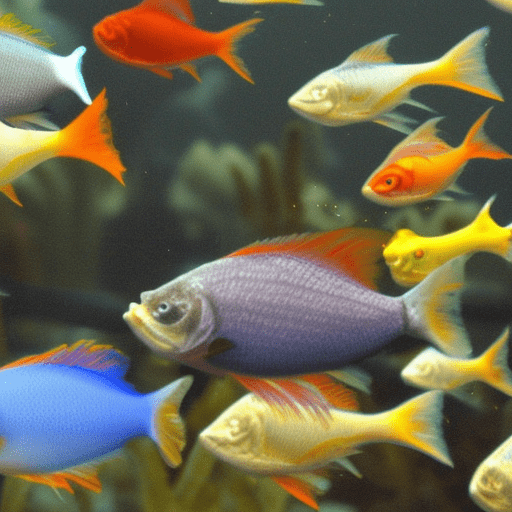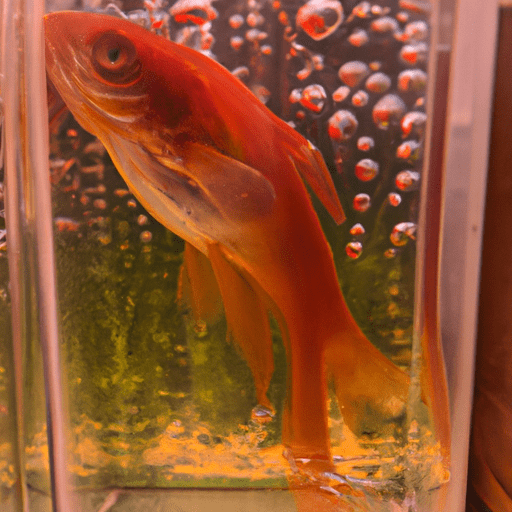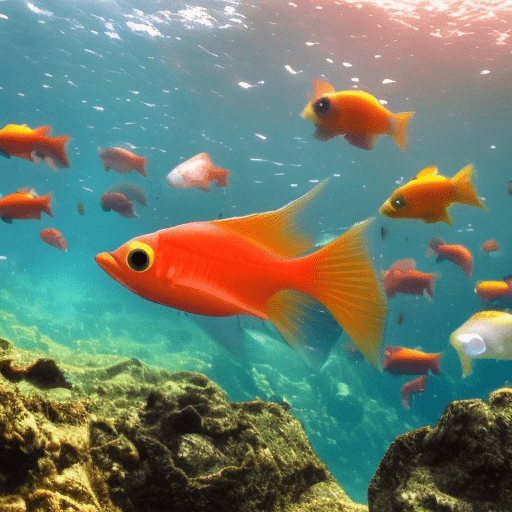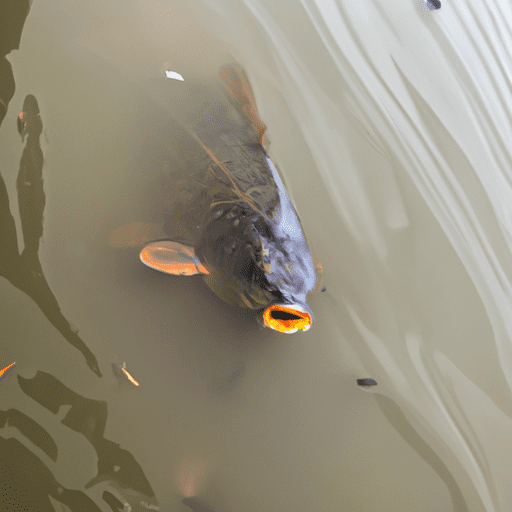Many people believe that fish can breathe underwater because they see them swimming around in lakes and oceans.
However, the truth is that fish need oxygen to survive, just like humans do.
We will also talk about what happens when there is not enough oxygen in the water.
Do fish need oxygen?
Yes, fish absolutely need oxygen to survive, just like all other animals. Here are 8 key points about fish’s oxygen needs:
- Fish use their gills to obtain oxygen from water. Gills are highly vascularized structures designed for gas exchange.
- As water passes over the gills, tiny blood vessels take up the dissolved oxygen and transport it throughout the body.
- Fish are constantly taking in water through their mouth and pumping it over their gills to absorb adequate oxygen.
- The oxygen is then used by cells throughout the fish’s body to produce energy from food via cellular respiration.
- Fish can suffocate if there is insufficient oxygen dissolved in the water. Lack of oxygen is a major cause of fish kills.
- Fish species have different oxygen needs based on their metabolism, activity level, water temperature, etc. Some require very high oxygen levels.
- Fish can get supplemental oxygen from air if they have access to the surface. Some species have adaptations that allow air breathing.
- In aquaculture, aeration and oxygenation systems are used to maintain optimal dissolved oxygen for healthy fish growth.
So oxygen is absolutely vital to fish survival and health. They have evolved efficient mechanisms for obtaining it from their aquatic environment using gills.

Fish need oxygen, but they can get it from the water.
Explain it to a child
Fish take in dissolved oxygen from the water using their gills.
The amount of oxygen that fish can absorb varies, depending on the species and the temperature of the water.
Generally, cold-water fish can absorb more oxygen than warm-water fish.
Some fish come to the surface to take in air, but this is mainly for regulating their body temperature (thermogenesis) rather than for getting enough oxygen.
Do fish need oxygen?
Fish do need oxygen to survive.
Fish breathe through their gills, which are thin sheets of tissue that are full of blood vessels.
- When water passes over the gills, oxygen is absorbed into the blood, and carbon dioxide is expelled.
- In order for this process to be effective, fish must be able to move water over their gills.
- This can be done by swimming or by using specialized structures called opercula.
- Some fish are able to live in waters with very low levels of oxygen by using alternative methods of respiration.
For example, some fish have a network of blood vessels called a countercurrent exchange system that helps to maximize the amount of oxygen that is absorbed.
Others have the ability to extract oxygen from the air, and some species can even live out of water for short periods of time.
However, all fish need at least some oxygen to survive.
How much oxygen does a fish need?

The amount of oxygen a fish needs depends on the species of fish, as well as the water temperature and the level of activity.
Generally, cold-water fish need more oxygen than warm-water fish, and active fish need more oxygen than inactive fish.
- Oxygen is dissolved in water, so a fish’s gills are used to extract it from the water.
- A fish’s respiratory system is very efficient, but it still needs a constant supply of fresh, oxygen-rich water to function properly.
If a fish does not have enough oxygen, it will eventually die.
How do fish get oxygen from the water?

Fish get oxygen from the water using a process called respiration.
- Underwater, fish take in water through their mouths and push it out through their gills.
- The gills are covered with thousands of tiny blood vessels, and as the water flows over them, oxygen is transferred from the water to the blood.
- This process is continuous, and it allows fish to extract oxygen from the water even when they are not moving.
- In fact, some fish can extract up to 90% of the oxygen in the water around them.
- Discover the intricate role of air chambers in aquatic life support systems
This efficient respiratory system is one of the many adaptations that allow fish to survive in their aquatic environment.
How does dissolved oxygen get into the water?
Dissolved oxygen is essential for aquatic life, but how does it get into the water?
One source of dissolved oxygen is surface water.
- As the sun heats the water, the water molecules expand and rise to the surface.
- At the same time, cooler, denser water from below flows upwards to take its place.
- This convection process brings oxygen-rich surface water down into the depths, where it can be used by plants and animals.
- Another source of dissolved oxygen is aeration, which occurs when water flows over rocks or other obstacles.
- The turbulence created by the flowing water helps to break apart oxygen molecules and disperse them into the water.
In addition, aquatic plants play an important role in dissolved oxygen levels.
Through photosynthesis, they convert carbon dioxide into oxygen and release it into the water.
By understanding these different sources of dissolved oxygen, we can take steps to protect and improve water quality for all aquatic life.
Why do some fish come to the surface to breathe air?
Other fish must come to the surface periodically to take a gulp of air.

While this may seem like strange behavior, it actually makes perfect sense when you consider the physiology of fish.
Fish have a two-chambered heart, with one chamber responsible for pumping blood to the gills and the other chamber responsible for circulating blood throughout the rest of the body.
- The chambers are separated by a partition known as the septum.
- In order for blood to flow from one chamber to the next, it must pass through tiny holes in the septum.
- These holes are called pores, and they are extremely small.
- As a result, only a small amount of blood can flow through them at any given time.
- This poses a problem for fish that live in stagnant waters, such as ponds and lakes.
- If these fish were to stop swimming, the water around their gills would quickly become depleted of oxygen.
In order to avoid this situation, fish that live in stagnant waters have evolved a special adaptation.
They have developed suction cups on their heads that allow them to attach themselves to rocks or plants.
This way, they can remain stationary and still get the oxygen they need to survive.
While not all fish need to come to the surface to breathe air, it is an adaptation that has proven to be essential for those that live in stagnant waters.
By understanding why some fish come to the surface to breathe air, we gain insights into the fascinating world of aquatic life.
What happens when there is not enough oxygen in the water
When there is not enough oxygen in the water, it can lead to a number of problems.
- First, fish and other aquatic animals may suffer from hypoxemia or low blood oxygen levels.
- This can cause them to become lethargic and eventually die.
- Second, the lack of oxygen can lead to the growth of algae and other aquatic plants.
- These plants release harmful toxins into the water, which can poison fish and other wildlife.
- Finally, the lack of oxygen can also cause the water to become stagnant and smelly.
- This not only makes it unpleasant for people to swim in, but it can also lead to the spread of disease.
In short, the lack of oxygen in water can have far-reaching consequences for both the environment and human health.
So, while a fish can live without air for a short time, it needs oxygen to survive in the long run.
Article Sources
Jacks of Science sources the most authoritative, trustworthy, and highly recognized institutions for our article research. Learn more about our Editorial Teams process and diligence in verifying the accuracy of every article we publish.